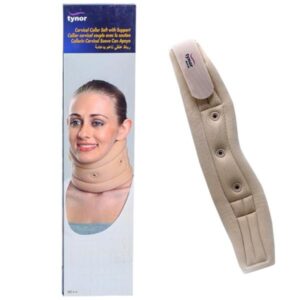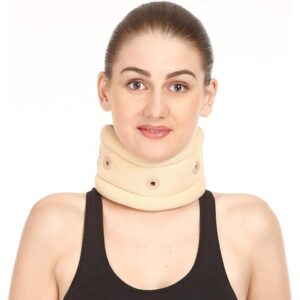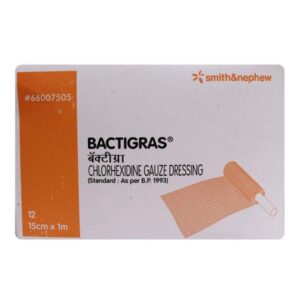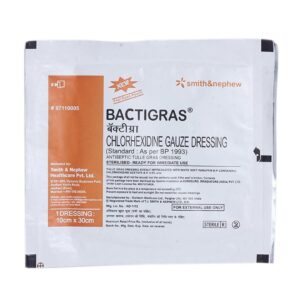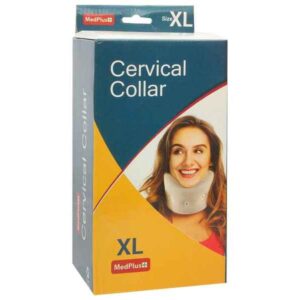SURGICAL DRESSING
SURGICAL DRESSING: I apologize for any confusion, but “surgical dressing” is not a specific drug. It refers to various materials used to cover wounds or incisions after surgery. These dressings can be made of different materials like gauze, adhesive film, hydrocolloids, or foams, and their purpose is to protect the surgical site, control bleeding, and promote healing.
Since surgical dressings encompass a wide range of materials, there is no single mechanism of action or dose to specify. The choice of dressing and its application depend on the type of surgery, wound characteristics, and healthcare provider’s preferences.
As for side effects, potential complications associated with surgical dressings may include:
1. Allergic reactions: Some individuals may develop skin irritation or allergic reactions to certain materials or adhesives used in the dressing.
2. Infection: If not properly applied or changed regularly, surgical dressings can become a source of infection, leading to complications such as wound infection or abscess formation.
3. Skin maceration: If dressings are too occlusive or not changed regularly, moisture may accumulate, leading to skin maceration or breakdown.
4. Delayed wound healing: In rare cases, certain types of dressings may impede wound healing by interfering with the natural healing process.
It is important to note that the specific risks and side effects associated with the use of surgical dressings can vary depending on the type of dressing material and individual patient factors. Therefore, it is important to follow the healthcare provider’s instructions and seek medical advice if any concerns or complications arise.

